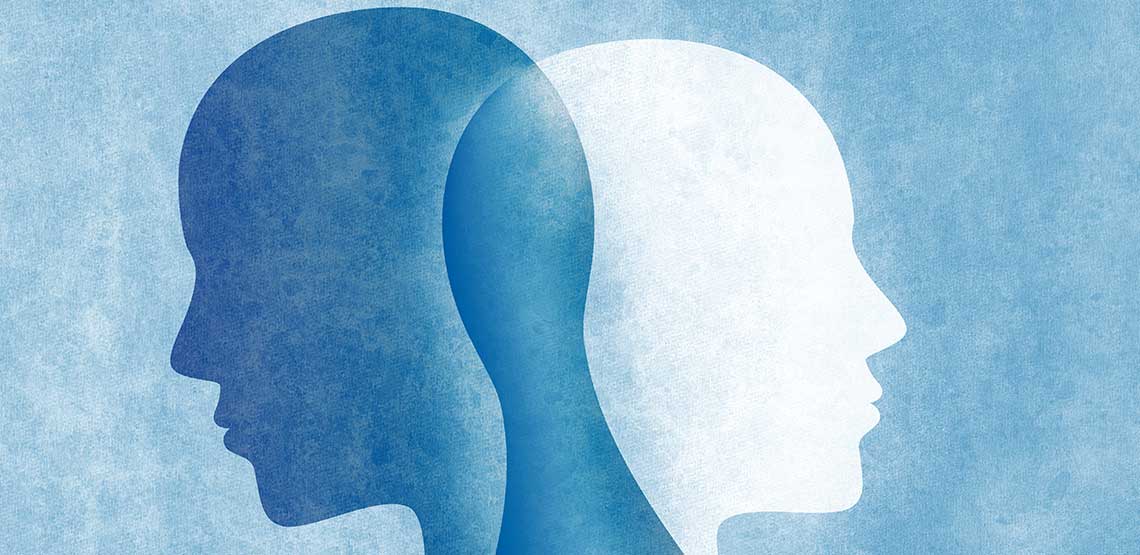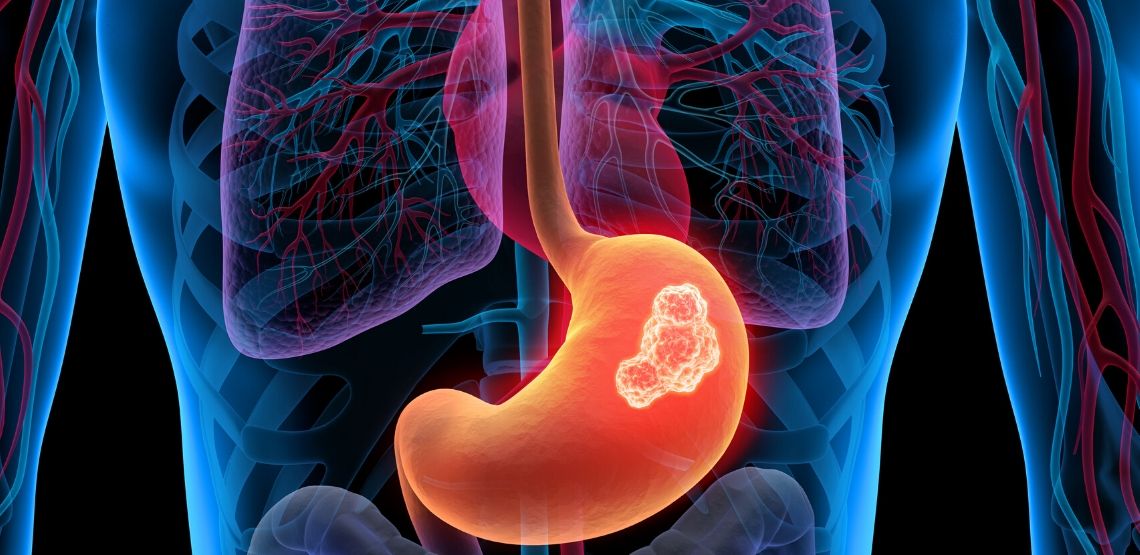4 Types of Bipolar Disorder
Bipolar disorder is a mood disorder that can be characterized by extreme highs and extreme lows. However, the prevalence of certain symptoms is often determined by the type of bipolar disorder that and individual has. Many people often think that bipolar disorder is a singular diagnosis, but there are different types of bipolar disorder that can be diagnosed.
What is Bipolar Disorder?
According to Mayo Clinic, “Bipolar disorder, formerly called manic depression, is a mental health condition that causes extreme mood swings that include emotional highs (mania or hypomania) and lows (depression).”
Bipolar episodes can last anywhere from weeks to months. However, there are also instances of those whose moods rapidly cycle where extreme mood swings can occur by the day. This can make the individual seem very inconsistent and erratic.
The depressive episodes often feel similar to the symptoms of clinical depression. One may lose interest in things they previously enjoyed, they may feel hopeless, and in extreme circumstances, they may even experience suicidal thoughts or fall into a catatonic state.
In a manic state, you may feel euphoric paranoid, and your thoughts may often be racing. Often times during manic states people’s overall energy increases and their need for sleep decreases. Since thoughts are often racing when someone is having a manic episode, it can be easy to become disorganized and scattered. This can make decision making extremely difficult. In extreme circumstances, some may even have hallucinations during a manic episode.
A hypomanic episode is less extreme than a manic episode. Those experiencing a hypomanic episode may feel an increase in energy, focus, and productivity as a whole. They also may have less of a need for sleep. However, it doesn’t tend to have the more damaging symptoms of a full-blown manic episode.
Those with bipolar disorder may also experience a mixed state/episode. These are extremely dangerous and the likelihood of suicide attempts increases drastically. A mixed state occurs when someone is experiencing symptoms from both a depressive episode and a manic one. For example, one may be extremely depressed, but their thoughts are still racing as if they were manic. This type of emotional chaos can be very damaging.
Once you start to feel the symptoms of an episode, it’s important to reach out to a mental health professional. The earlier the episode is treated, the less damage it will potentially have.
Bipolar disorder can occur at any age. However, the onset of one’s first episode usually occurs between the late teens and early 20s.
Related Search Topics (Ads)
What are the Different Types of Bipolar Disorder?
Bipolar disorder can be divided into multiple different types. Each type of bipolar disorder is diagnosed based on the symptoms the patient has experienced. The type of bipolar disorder that one is diagnosed with will often determine the treatment pattern. Some medications may help with one diagnosis but can be harmful to someone with a different type of bipolar disorder
Bipolar I disorder is one of the types of bipolar disorder. To be diagnosed with this, the patient must have had at least one manic episode and then at least one hypomanic or depressive episode. Sometimes, manic episodes in individuals with bipolar I can lead to psychosis.
Bipolar II disorder is a separate diagnosis. It should not be thought of as a less extreme diagnosis than bipolar I; rather, it should be thought of as its own separate diagnosis. To be diagnosed with this a patient must have had one major depressive episode and at least one hypomanic episode. However, they haven’t had a full-blown manic episode yet.
Cyclothymic disorder is a bit different than the previous types of bipolar disorder we’ve discussed. For adults to be diagnosed with this, they must have experienced at least two years of hypomanic symptoms with periods of depressive symptoms. However, the depressive symptoms are less extreme than that of a major depressive episode.
There is also a type of bipolar disorder that covers those who don’t meet the criteria needed for a diagnosis of the other types of bipolar disorder; however, they still experience symptoms of bipolar disorder. This type of bipolar disorder is called bipolar other specified and/or bipolar unspecified, according to the DSM-5 (Diagnostic and Statistical Manual of Mental Disorders).
There are also other types of bipolar disorder that can be influenced/caused by other medical conditions, drug use, and/or even alcohol use.
Bipolar Disorder and You
Regardless of the type of bipolar disorder that you’re diagnosed with, it’s important to remember that bipolar disorder is a mental illness that should be taken very seriously. Without proper treatment, the illness can have the potential to negatively impact one’s life significantly. This is why it’s important to seek help from mental health professionals.
Seeing a psychiatrist and setting up an appointment with a therapist who has experience in treating bipolar disorder can both be extremely helpful during your treatment journey, no matter which type of bipolar disorder you may have.


